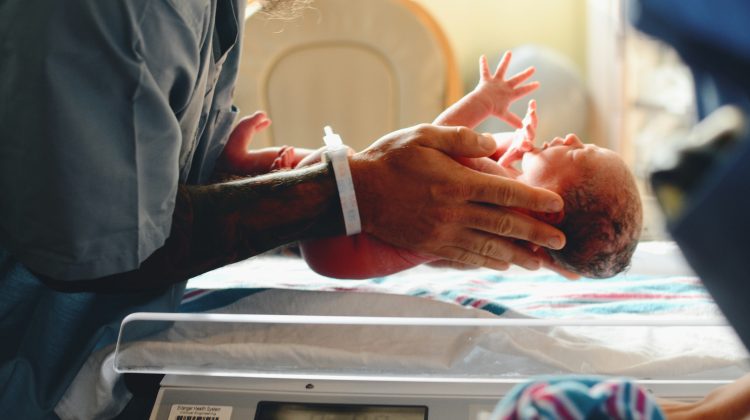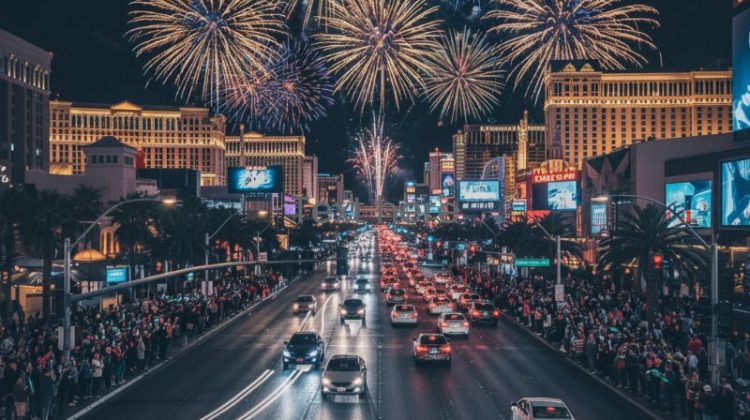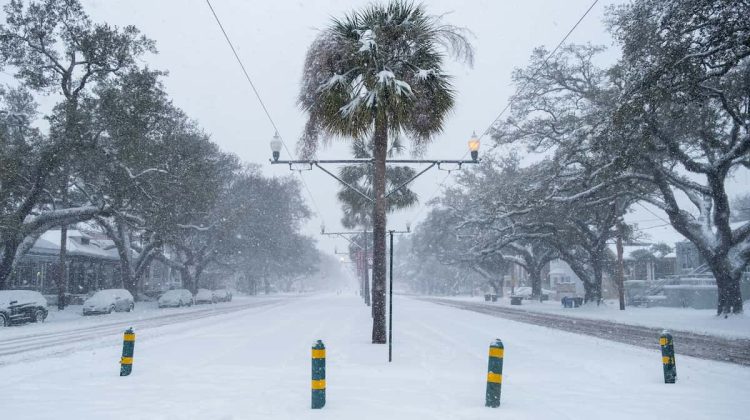Intersections are where everything comes together: cars, bikes, pedestrians, etc. They’re some of the most familiar parts of our road system, yet also where many of the most common crashes happen.
Recent traffic data out of Washington State shines a light on just how risky these crossing points can be, and why paying extra attention at intersections matters, no matter where you drive.
Why Intersections Pose a Unique Risk
Intersections demand quick thinking and split-second coordination. Drivers are stopping, turning, merging, or guessing whether that yellow light means “go” or “wait.” Add in pedestrians, cyclists, and visibility issues, and it’s easy to see why so many accidents happen here.
A study on Washington’s most crash-prone intersections looked at four years of Washington State Patrol data and found that certain intersections see hundreds of crashes each year. The takeaway isn’t just that some intersections are worse than others, it’s that even routine driving decisions carry risk when drivers get distracted or misjudge what’s happening around them.
The Common Mistakes Drivers Make
If you spend enough time watching an intersection, you’ll notice patterns. Many crashes come down to a few familiar errors:
- Rushing through the light. Trying to “beat” a yellow or red light is one of the top causes of serious side-impact collisions.
- Failing to yield. Whether it’s a roundabout or a left-turn lane, many drivers underestimate how long it takes others to clear the intersection.
- Not checking blind spots. Pedestrians, cyclists, and even motorcyclists can disappear from view in the split second before a turn.
- Distraction. Distracted driving can be many things, such as looking down at a phone or GPS screen, for even two seconds can mean missing a car that’s braking or a signal that’s changing.
These aren’t just statistics, they’re simple habits that nearly every driver has slipped into at some point. The good news is they’re also preventable.
Roundabouts Are Safer Intersections with a Learning Curve
Across the country, cities are replacing traditional intersections with roundabouts. They’re meant to slow traffic and reduce deadly crashes — and they generally work.
But Washington’s data shows that even “safer” designs still see plenty of fender-benders, often because drivers aren’t sure who has the right of way or which lane to stay in.
If you find roundabouts stressful, you’re not alone. Experts recommend slowing down, signaling early, and committing to your lane. Most collisions in roundabouts happen when a driver tries to switch lanes or stop suddenly once inside.
Simple Driving Habits That Can Make a Difference
Driving isn’t just about reaching your destination, it’s about getting there safely. In the split-second decisions made at intersections, your habits can be the difference between a smooth drive and a near miss. Small changes in awareness can go a long way:
- Ease off the gas. A slower approach gives you more time to react.
- Watch for movement, not just lights. Look for pedestrians or cyclists entering the crosswalk as you start your turn.
- Leave space. Crowding the car ahead doesn’t get you through faster — it just cuts your reaction time in half.
- Stay predictable. Use your signals and avoid sudden stops or lane changes.
- Commit to focus. The intersection is not the place to glance at your phone or adjust the radio.
Most intersection crashes happen in a matter of seconds. Slowing down and staying alert can turn those seconds into safety instead of a close call. When you commit to focus, create space and anticipate others’ actions, you shift from reacting to preventing, and that change in mindset can dramatically reduce risk for you and those around you.





No Comment